Market Analysis
In-depth Analysis of Closed System Drug Transfer Device Market Industry Landscape
The high demand for Closed System Drug Transfer Devices (CSTDs) in the healthcare industry is mainly due to strict rules set by regulatory agencies. One of these agencies is the U.S. Food and Drug Administration (FDA), which has established detailed guidelines to ensure the safe handling and administration of dangerous drugs. These rules apply to various healthcare settings, such as hospitals, clinics, and home healthcare. Adhering to these regulations requires the widespread use of CSTDs, which play a crucial role in following safety protocols. The primary goal is to protect healthcare workers, patients, and the environment from being exposed to harmful substances. Because of this, healthcare facilities prioritize the adoption of CSTDs to create a secure system during drug transfer, minimizing the risk of contamination and negative health effects.
The strict regulatory environment not only emphasizes the necessity of CSTDs but also encourages advancements in their design and functionality. Manufacturers constantly improve CSTD technology to not only meet but exceed these regulations. This continuous innovation results in more advanced and user-friendly devices. Therefore, the combination of stringent regulatory requirements and a strong commitment to safety has led to the widespread acceptance of CSTDs as a crucial safeguard in the healthcare system. They ensure the safe handling and administration of dangerous drugs while upholding the highest standards of patient and healthcare worker safety.
Regulatory agencies, especially the FDA, play a pivotal role in shaping the landscape for CSTDs. Their guidelines act as a driving force for innovation in the design and features of these devices. As a result, CSTDs have evolved to become more sophisticated, addressing not only the basic safety requirements but also enhancing user experience and ease of use.
One of the key motivations behind the adoption of CSTDs is the imperative to protect those involved in the healthcare process. Healthcare workers, who are on the front lines of drug administration, face potential risks of exposure to hazardous substances. Patients, too, can be at risk if proper precautions are not taken during drug transfer. Moreover, there is a growing awareness of the environmental impact of improper handling of these substances. CSTDs, by creating a closed and secure system, effectively address these concerns, making them an integral part of healthcare practices.
The significance of CSTDs goes beyond mere compliance with regulations; it reflects a broader commitment to fostering a culture of safety within the healthcare industry. The continuous improvements in CSTD technology are driven by the shared goal of ensuring that the administration of drugs, particularly hazardous ones, is carried out with the utmost care and precision. The evolving nature of these devices not only meets current regulatory requirements but also anticipates future challenges, making them a sustainable and reliable solution for the healthcare ecosystem.


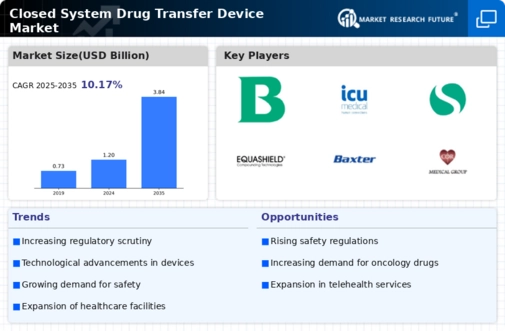
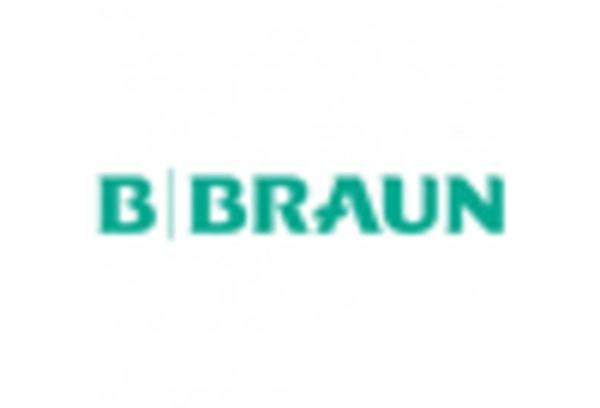
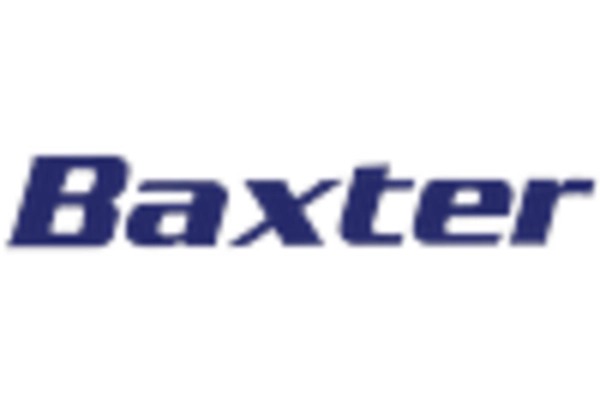
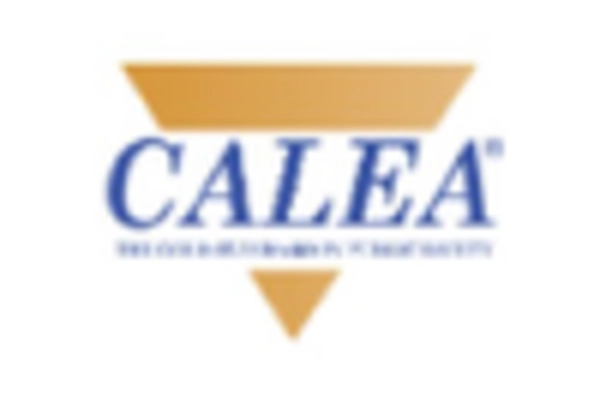
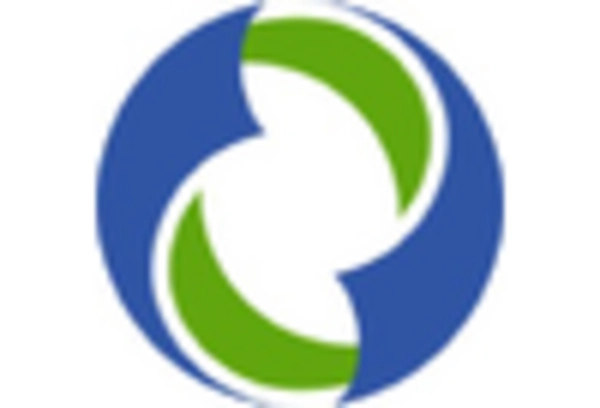
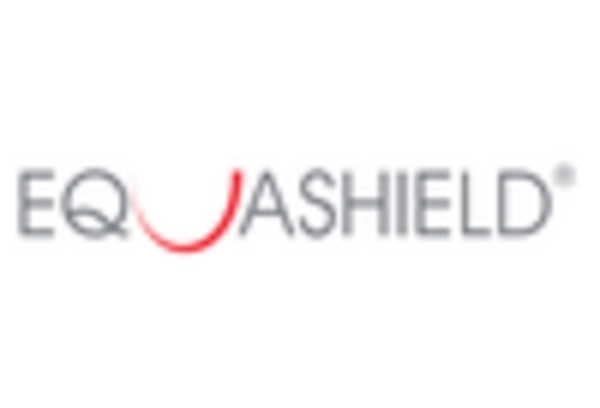
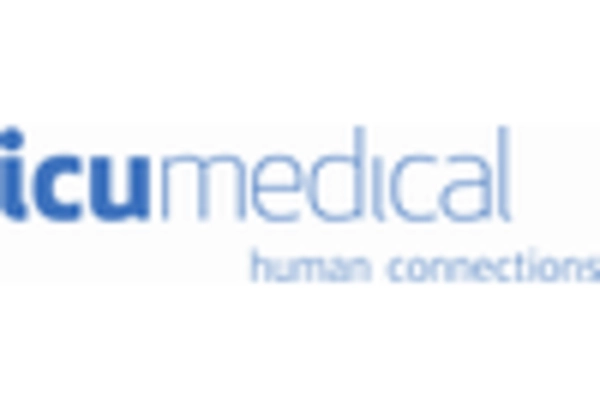









Leave a Comment